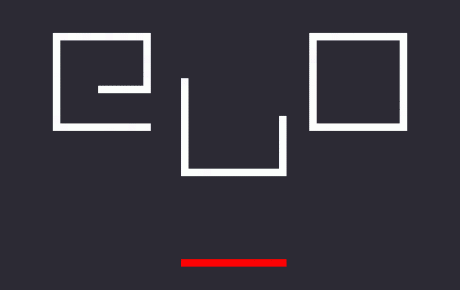ADELTA is the Australian Directory of Electronic Literature and Text-based Art. Under the direction of Anna Gibbs and Maria Angel, this project (initially titled “Creative Nation”) established formal connections with the ELO in 2009, when then President Joseph Tabbi was brought in as a Primary Investigator. With funding from the Australian Research Council, Tabbi, Gibbs, and Angel helped to organize the first international meeting of the CELL group in Sydney, Australia (Winter 2010), attended by ELO Board members Dene Grigar (Vancouver, Washington), Davin Heckman (Adrian, Michigan), and Scott Rettberg (Bergen).
ADELTA provides a site for writers, artists and scholars of electronic literature and text-based e-art to enter, tag, describe and write critically about works. ADELTA entries and descriptions of works will be moderated by an editorial board which is in the process of formation (September 2014). ADELTA has the technical capacity to become a repository of such works in the future, and a second stage of the project will seek funding to rescue and house a selection of key obsolescent works. Developed as an outcome of the ARC Discovery Project, ‘Creative Nation: writers and writing in the new media culture’ 2011-2013 (CIs Anna Gibbs, University of Western Sydney; Maria Angel, University of Western Sydney and PI Joseph Tabbi, University of Illinois, Chicago with the assistance of technical director, UWS eResearch Manager, Peter Sefton), it is a founding member of CELL and its holdings are accessible through the centralised CELL gateway. ADELTA also has reciprocal links with the biographically-based DAAO (Design and Art Australia Online database), with whom we are developing a project on ‘Messy Data’, working with data harvested from different databases and not standardised in an attempt to imagine forms of research beyond the archival. The openness of ADELTA to text-based art reflects what is happening on the Australian scene and distinguishes it from other directories. It aims to make possible exploration of the ways in which the creative processes involved in new media art and writing are challenging older models of artistic production (in which, for example, writing, art, sound production and performance were conceived as separate disciplines). Many contemporary artists now work in interdisciplinary ways, no longer specializing in a single medium or mode.







